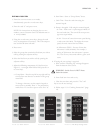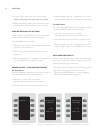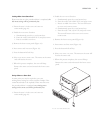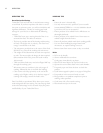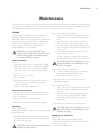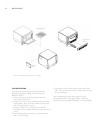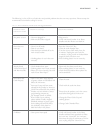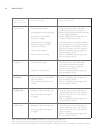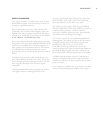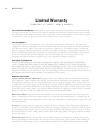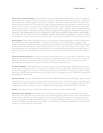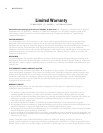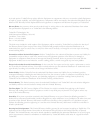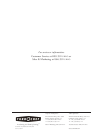21
MAINTENANCE
CATALYTIC CONVERTER
The catalytic converter is installed in the return air duct
behind heater assembly, and should only be removed or
serviced by a qualified technician.
NOTE: The catalytic converter can be cleaned with
TurboChef
®
Oven Cleaner and thoroughly rinsed with
distilled water. Let the catalytic converter air dry before
reinstalling. If TurboChef
®
Oven Cleaner is not available,
do not substitute - use distilled water only.
Due to the nature of most foods and the physics governing
the operation of the oven, grease buildup downstream of the
cook cavity is inevitable. A strict cleaning regiment can
solve a majority of the problems; however, recirculation
of undiluted grease-saturated air is the main cause of
downstream grease accumulation and associated residual
flavors.
The airborne grease tends to collect and bake onto the
oven surface downstream of the cook cavity. This grease,
due to the high operating temperatures of the oven, will
start to rapidly decompose into derivative organic
compounds.
These decompositional derivatives generally have positive
and negative effects on cooking; the shorter chain
derivatives add favorable flavor characteristics to the food,
while the higher-order carbon chains lend unpleasant
flavor characteristics, such as bitter, tarry tastes.
The catalytic converter greatly affects the grease handling
and any residual flavors which might build up over time. A
properly-operating catalytic converter causes the
conversion of airborne grease into water, carbon dioxide,
and small amounts of nitrogen and oxygen.
The catalytic converter acts as a combustion chamber for
airborne grease. The catalysts present on the filter lowers
the ignition temperature of the airborne grease from
approximately 700ºF (371ºC) to 450–550ºF
(232–288ºC), allowing combustion to occur. The
operating temperature of the oven directly determines the
percentage of airborne grease conversion. A single pass of
the air stream yields a 20–30% improvement in air quality.
A problem with the catalytic converter is indicated by a
decrease in the effectiveness of browning (caused by a
reduction in airflow) or by flavor transfer from one food
group to another.
If you experience a problem with your catalytic converter,
contact a TurboChef-approved qualified service agency.



